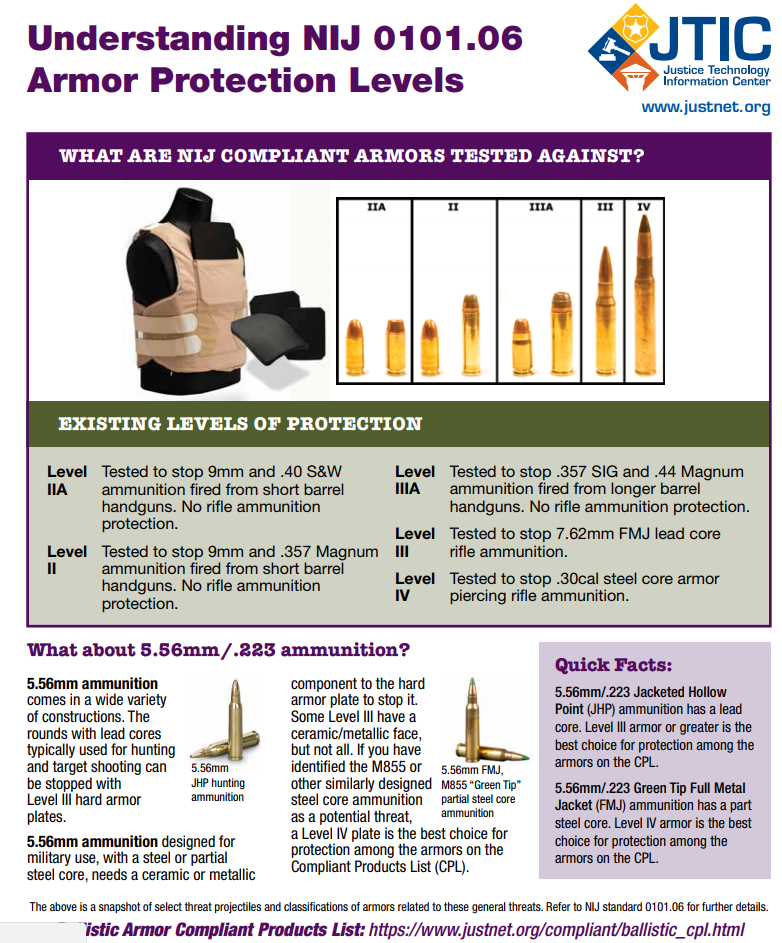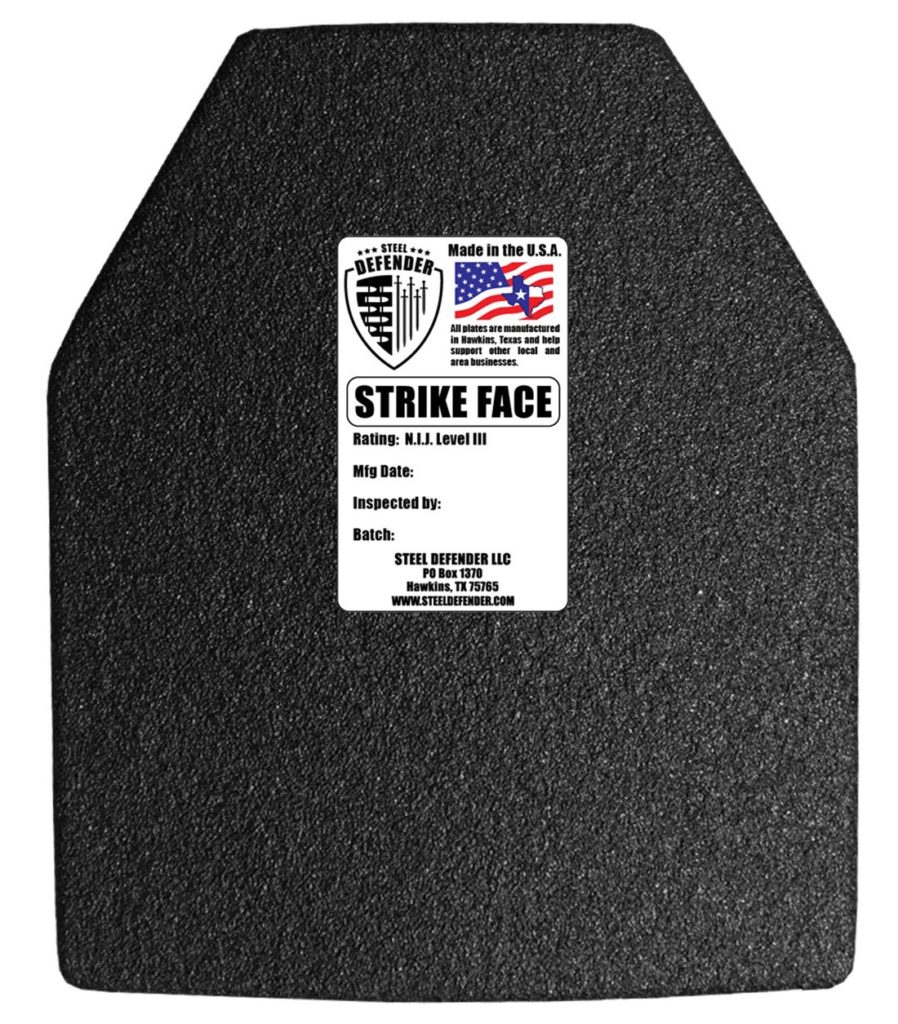When choosing what type of armor there are quite a few that go into the process. And yes if you are considering buying body armor it NEEDS to be a process. Body armor is life support. No different than scuba gear or a parachute and skimping out and buying something out of someones trunk on the cheap can very well cost you your life. There are many reasons that trunk purchase could kill you. Some materials are not meant to be exposed to temperature extremes. Other factors to consider include being NIJ Certified vs NIJ compliant. Armor can cover a variety of threats from IV and below But for the sake of keeping things simple we will cover the highest threat level each plate can handle.

Ceramic Plates
Ceramic plates offer quite a few advantages such as being lighter than steel and not being susceptible to the elements
RMA’s model #1189 For instance features a tiled ceramic system that is very capable and unlike most other ceramics you do not need to worry about dropping. Not only does it offer level IV protection but it set a world record for stopping 6 30-06 m2 AP rounds! There is even a couple videos floating around of this plate stopping a .338 lapua.
https://youtu.be/Z1EN6R9PBi8?t=104
RMA offers a variety of other plates as well for those looking for something to fit their budget such as the model #1155 or the St. Michael
Steel
Steel is as durable as it is strong but unknown to some people is it also comes in varying threat ratings. Steel is not affected by extreme temperatures. You can drop it. Kick it. sling it. abuse it. Steel armor is multi hit rated and can be seen on video taking as many as 60+ hits before finally failing. Like the others it too has a couple downfalls. There is a chance of ricochet. Yes. That means the bullet will be deflected off your chest and possible into an extremety or a team mate. Also there is a chance of spalling. When the bullet hits the steel it shatters. These pieces of projectile can end up under your chin. arms, kneck, etc even though many manufacturers put a coating to prevent this.
Polyethylene
And lastly Polyethylene is the final type of body armor on out list. These plates also offer quite a few advantagees that steel and ceramics do not. Polyethylene for one is super light. This makes carrying it less of a hassle and gives the wearer more maneuverability. The CITADEL from TPG’s black line only weighs in at 2.1 lbs. These types of plates also have self healing properties as the heat from the round causes the polyethylene to encapsulate the bullet. Additionally, Polyethylene armor is great for maritime use as it is neutrally buoyant. It will float under its own weight but wont drag its wearer to the depths. However despite the good as always, there are two disadvantages to our poly friend. The first being it is not designed to stop rifles. One could assume a m855 or m2ap would zip through this like a hot knife through butter. And the final issue is extreme temperatures can cause it to fail.





